All photos copyright Doug Spencer, taken in or near Glacier Bay, southeastern Alaska, May/June 2015 – the first one from “our” sea kayak.
This harbour seal is one of several individuals who very carefully “checked us out”, as my beloved and I were sea kayaking.
Presumably, s/he was relieved to confirm that we were not an orca.
Most days we spent some hours on sea kayaks; one afternoon we were lucky enough to see a pair of moose – young adults, I think.
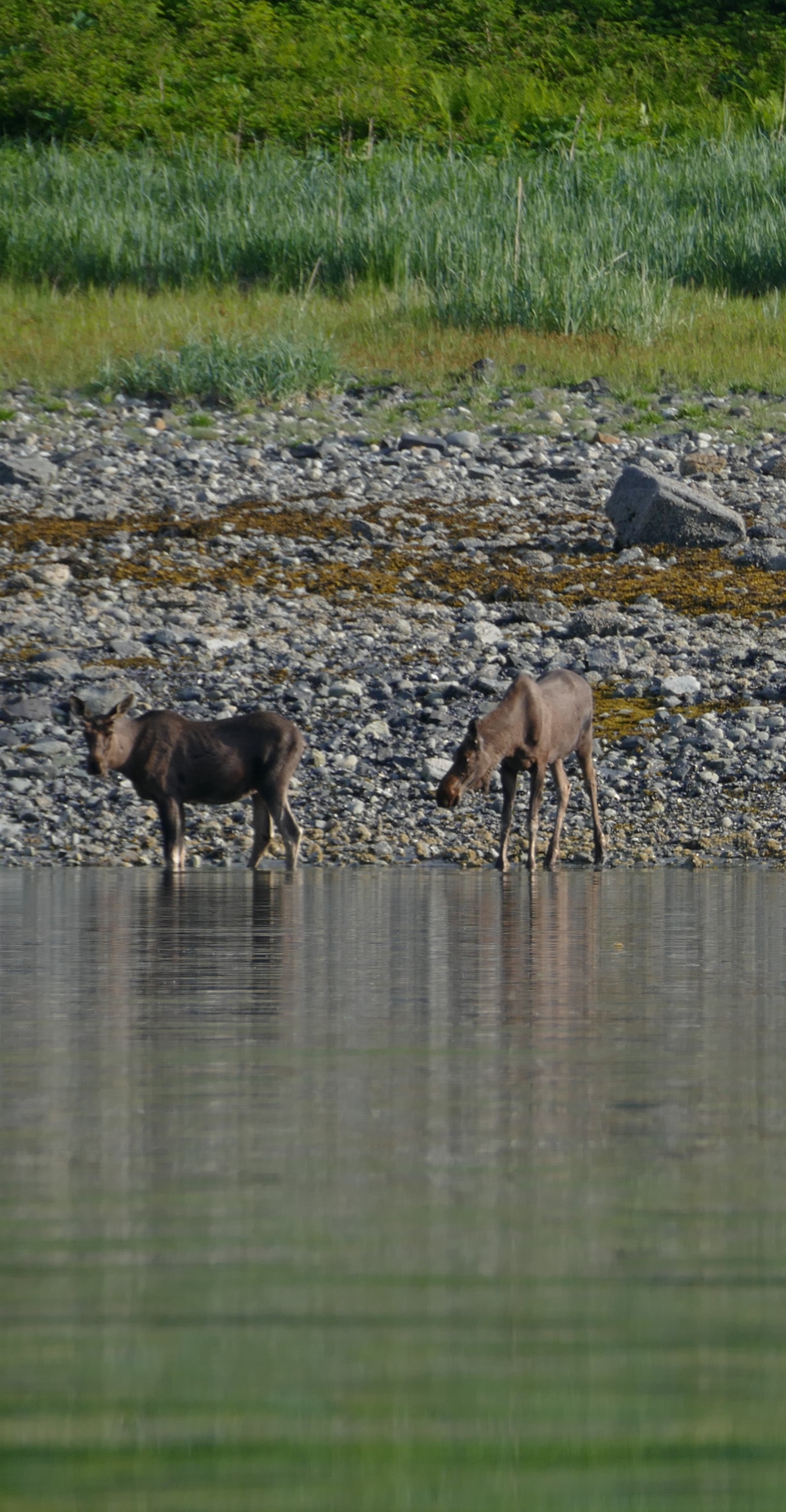
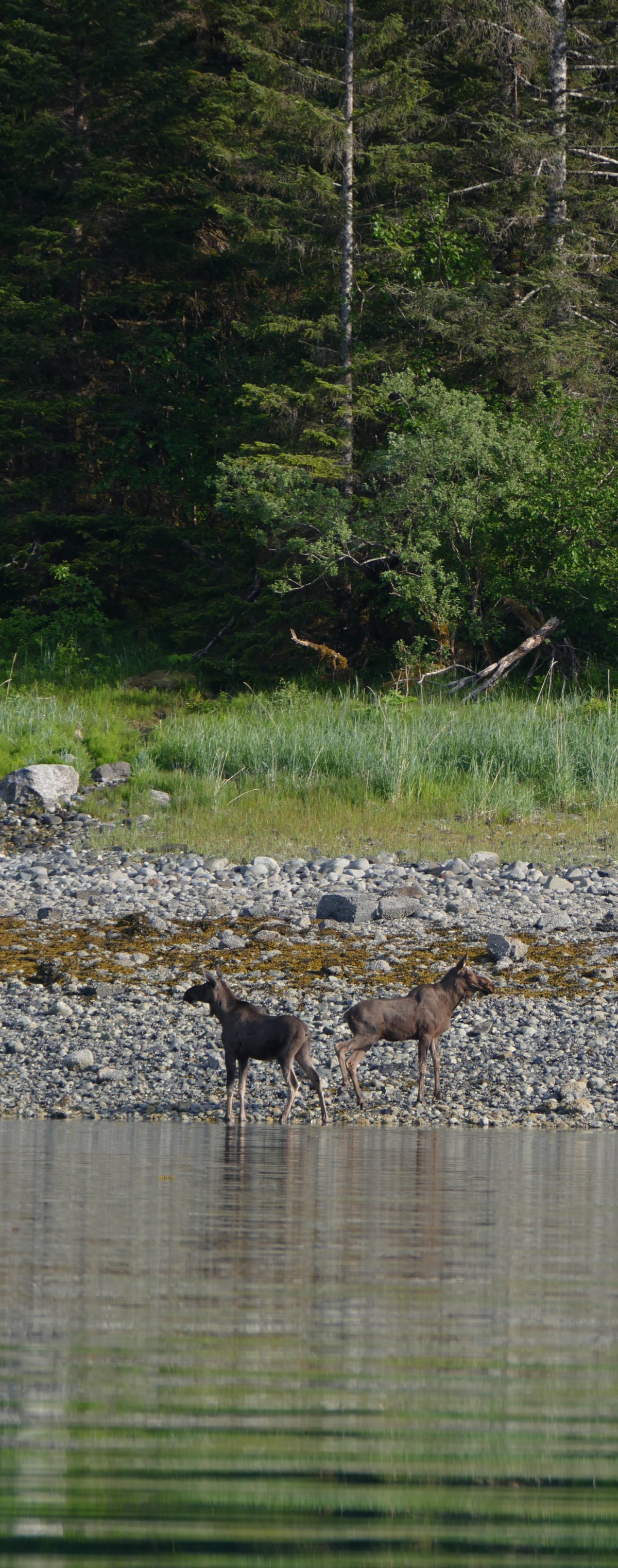
We did see bears – and many whales – but I did not have enough lens “grunt” to do justice to the actual beasts.
Footprints, however…
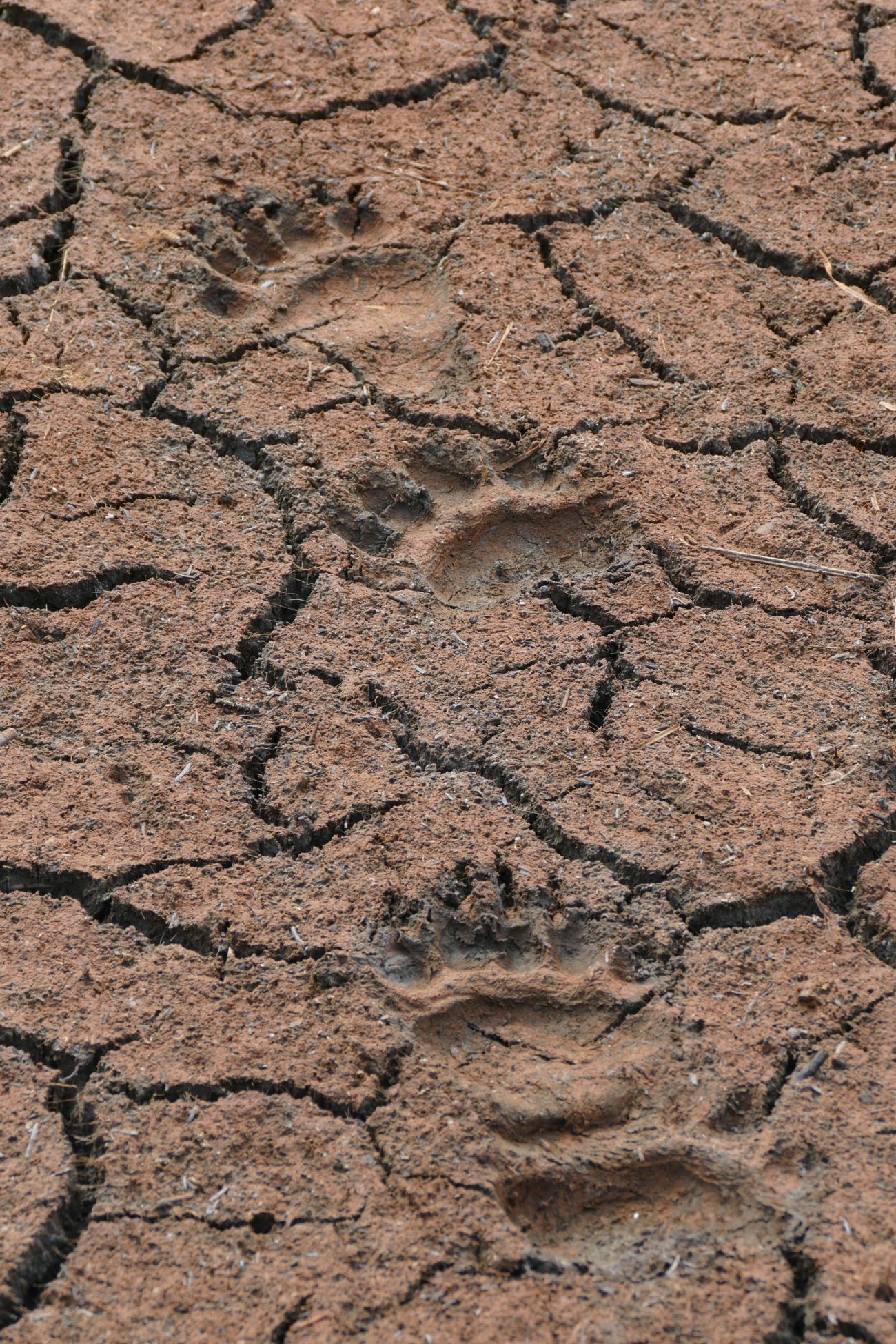
Not many years ago, sea otters were very rarely seen in Glacier Bay.
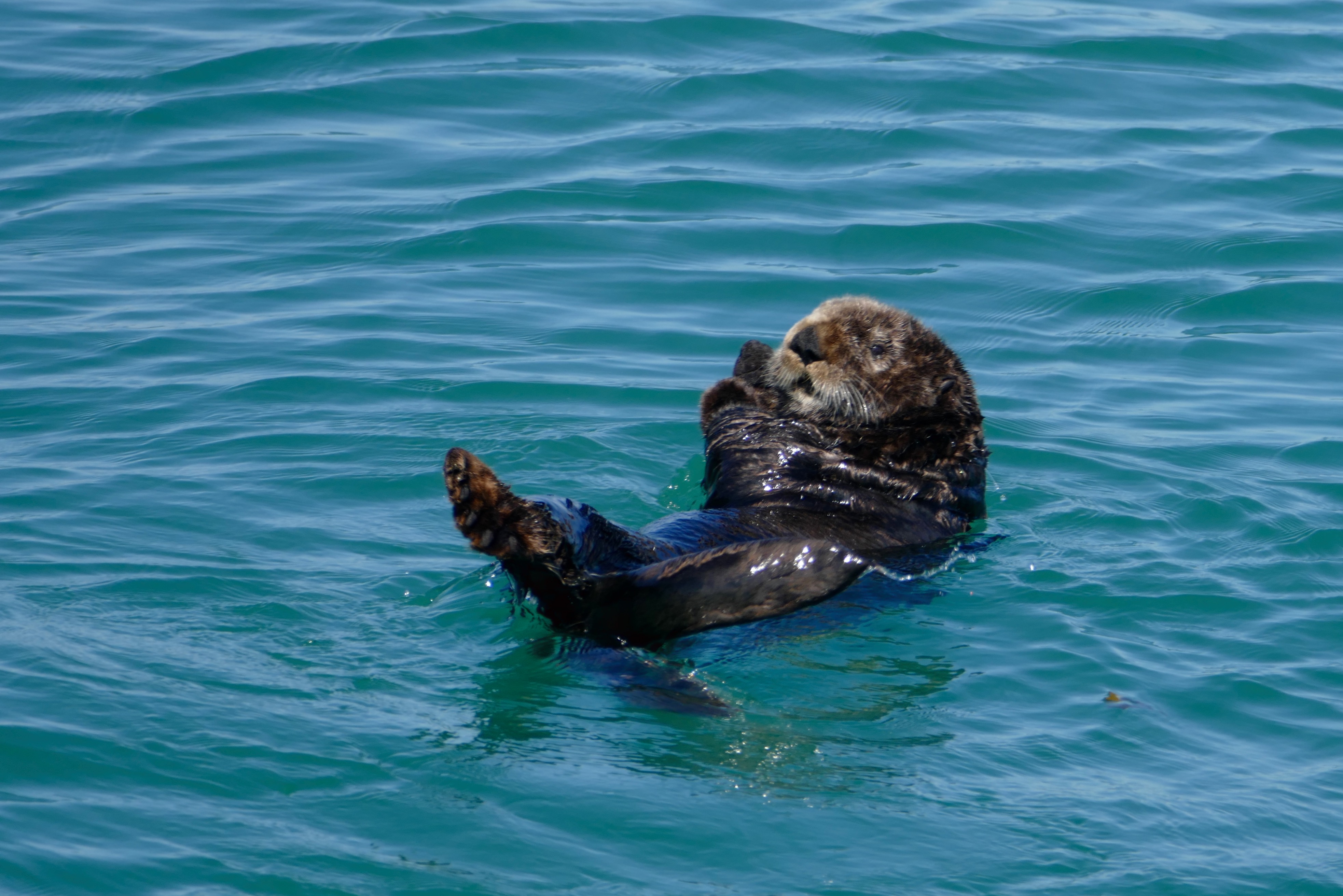
Enhydra lutris has the densest fur of any animal; this “advantage” very nearly proved terminal; between 1741 and 1911 humans hunted them to the brink of global extinction.
The species was locally extinct in southeast Alaska until the late 1960s, when 403 individuals were placed in various locations.
In 1993 they began to move into Glacier Bay; that year, 5 were counted there.
In 2012 the Glacier Bay count was 8, 508!
As sea otter populations have recovered, their behaviour has become much more confident.
A few years ago – in a Canadian place where their numbers were just starting to recover – we saw sea otters, several times, but they were much shyer; then, there, one could not get so close to the likes of the “cool dude otter” pictured above, or this relaxed mother and pup.
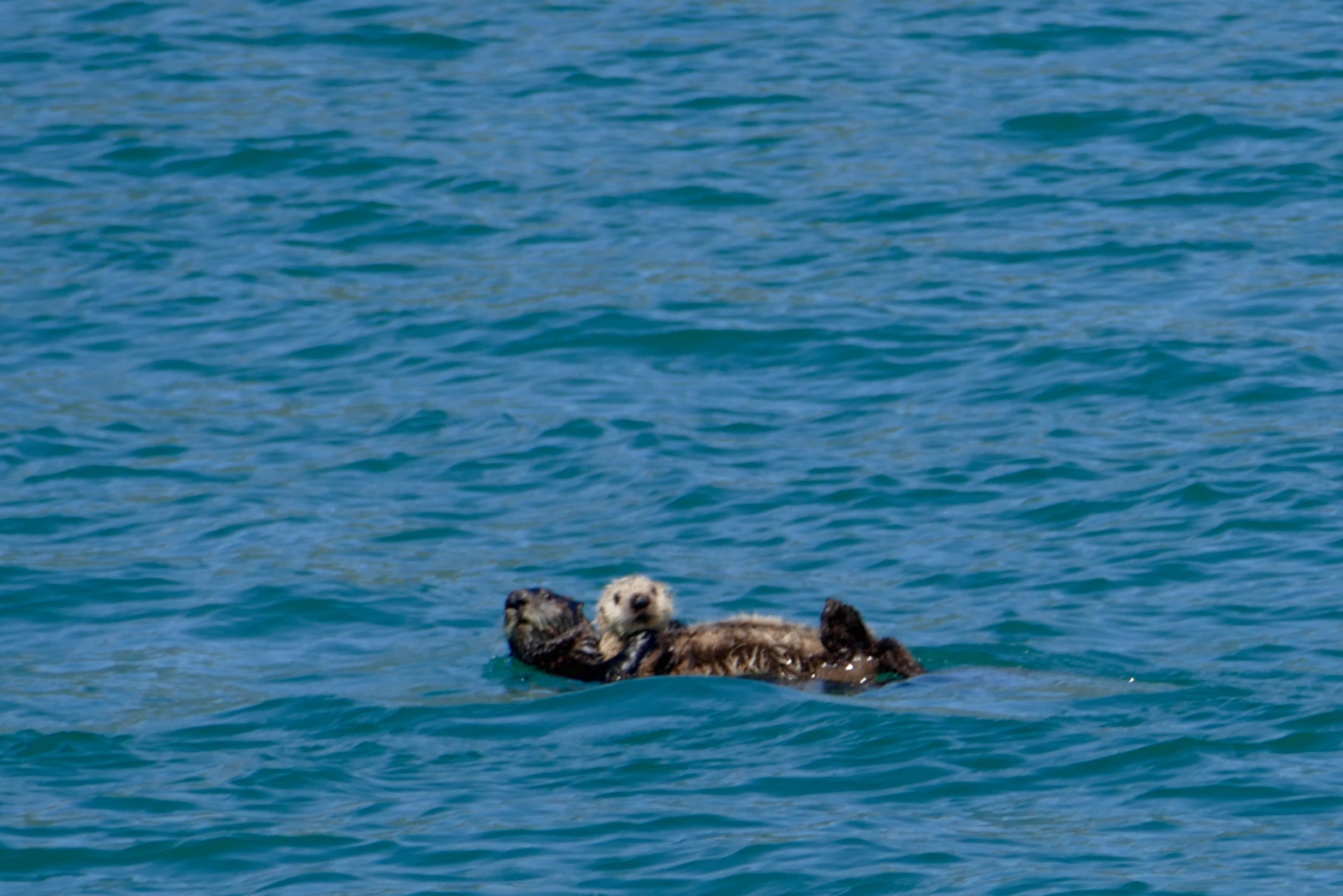
South Marble Island is a “haul out” for members of the largest eared seal species – the Steller sea lion, Eumetopias jubatus.

Over recent decades there has been much concern and controversy over “what is happening to Glacier Bay’s seals, and why?”
The harbour seal population has markedly declined, whilst Steller sea lion numbers have dived “catastrophically”, then seemingly “recovered”, and, then…who knows?
A bull Steller sea lion can weigh a deal more than a ton/tonne.
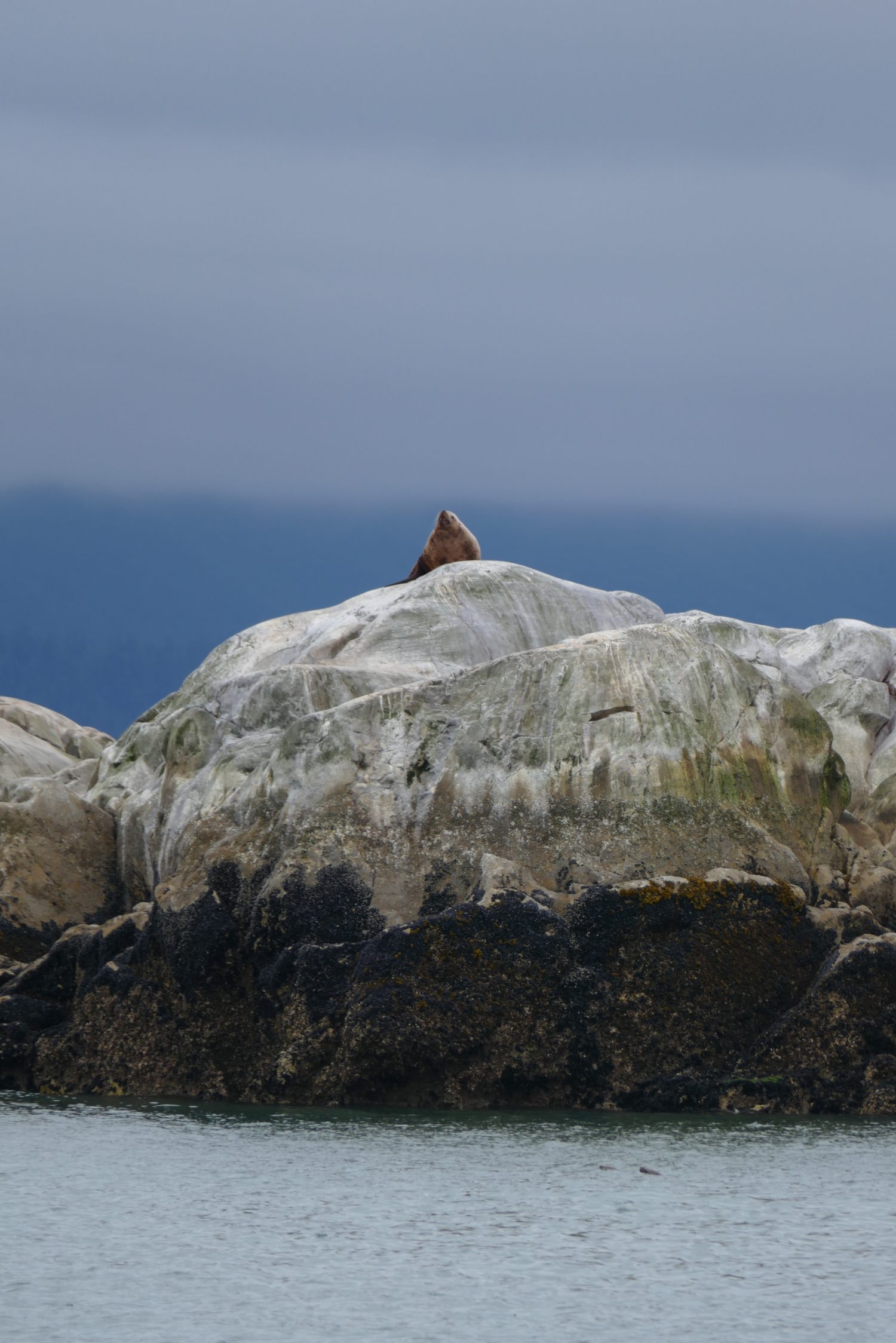
When the ice retreated – and Glacier Bay thus “emerged” – mountain goats were early colonisers of its more precipitous shores.
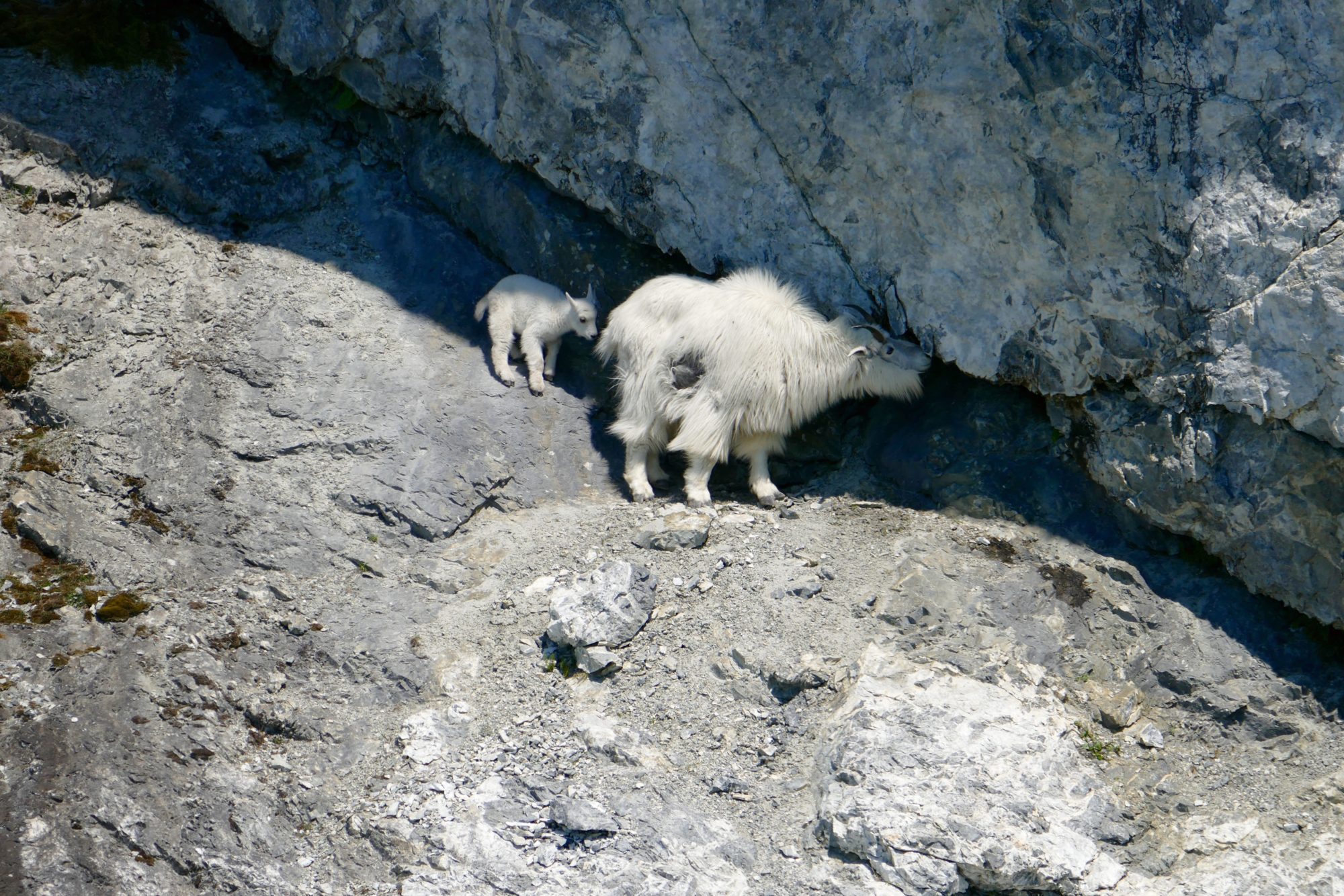
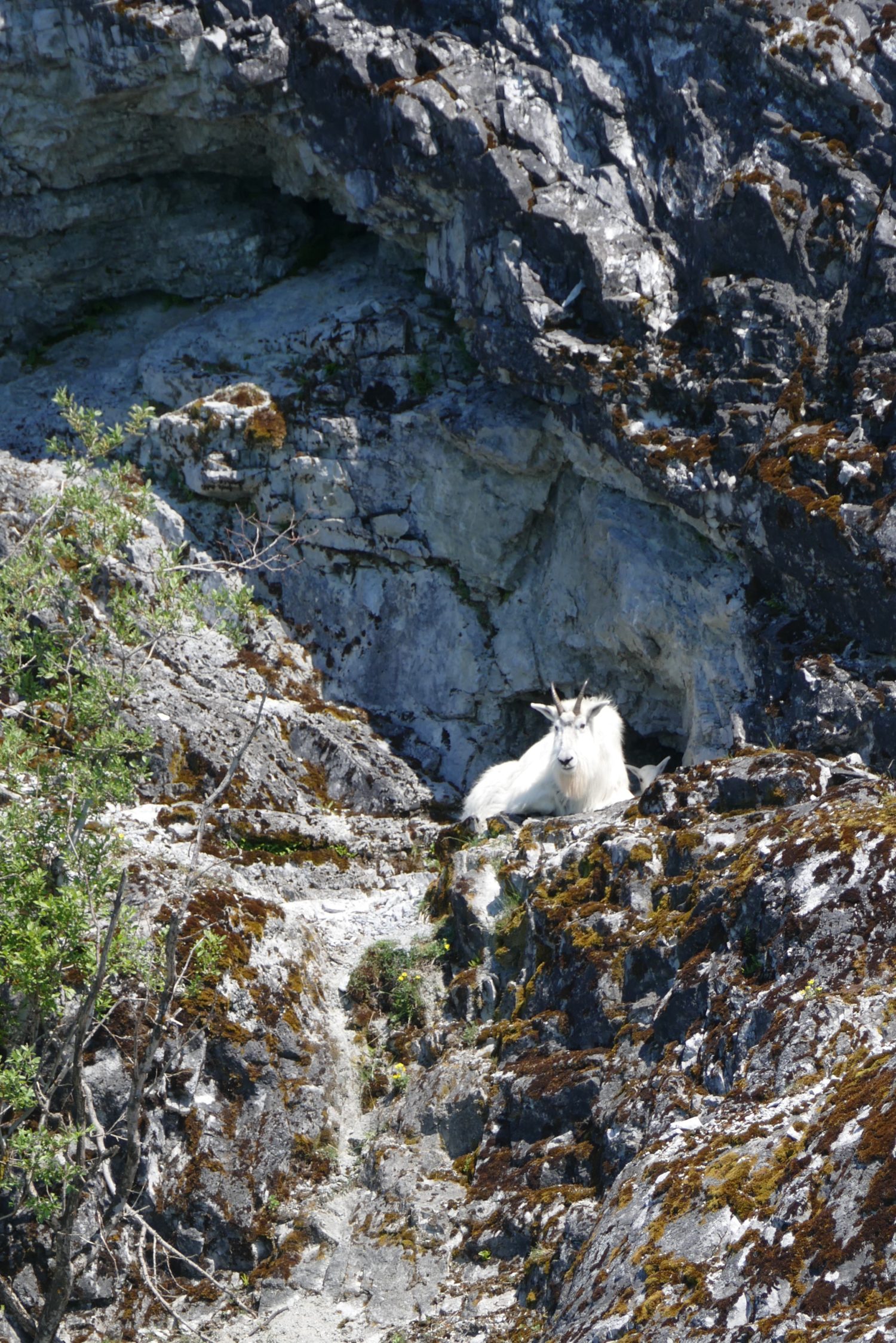
Death is not always defied; however attentive the sure-footed mother, the kid does not always maintain his or her footing.
This – our saddest sight in Glacier Bay – is a mother, forlornly looking down at her drowned kid who had fallen into the sea, a few minutes earlier.
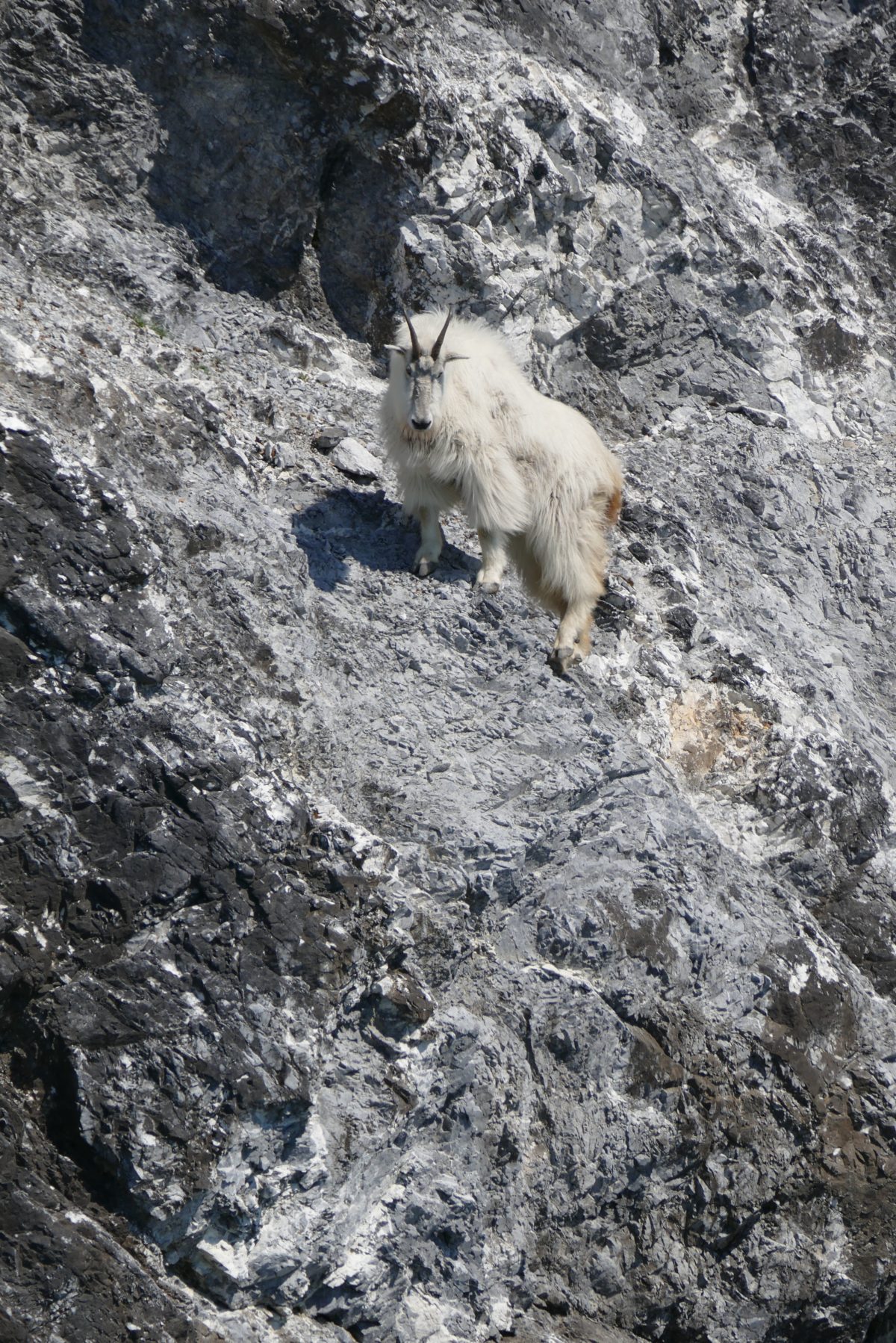
Southeast Alaska also has some mildlife. The sign below is definitely not to be believed!
(our hero was slumbering until moments before I took the photo. In his conscious state, this member of Canis lupus familiaris retained an untroubled, untroubling demeanour )
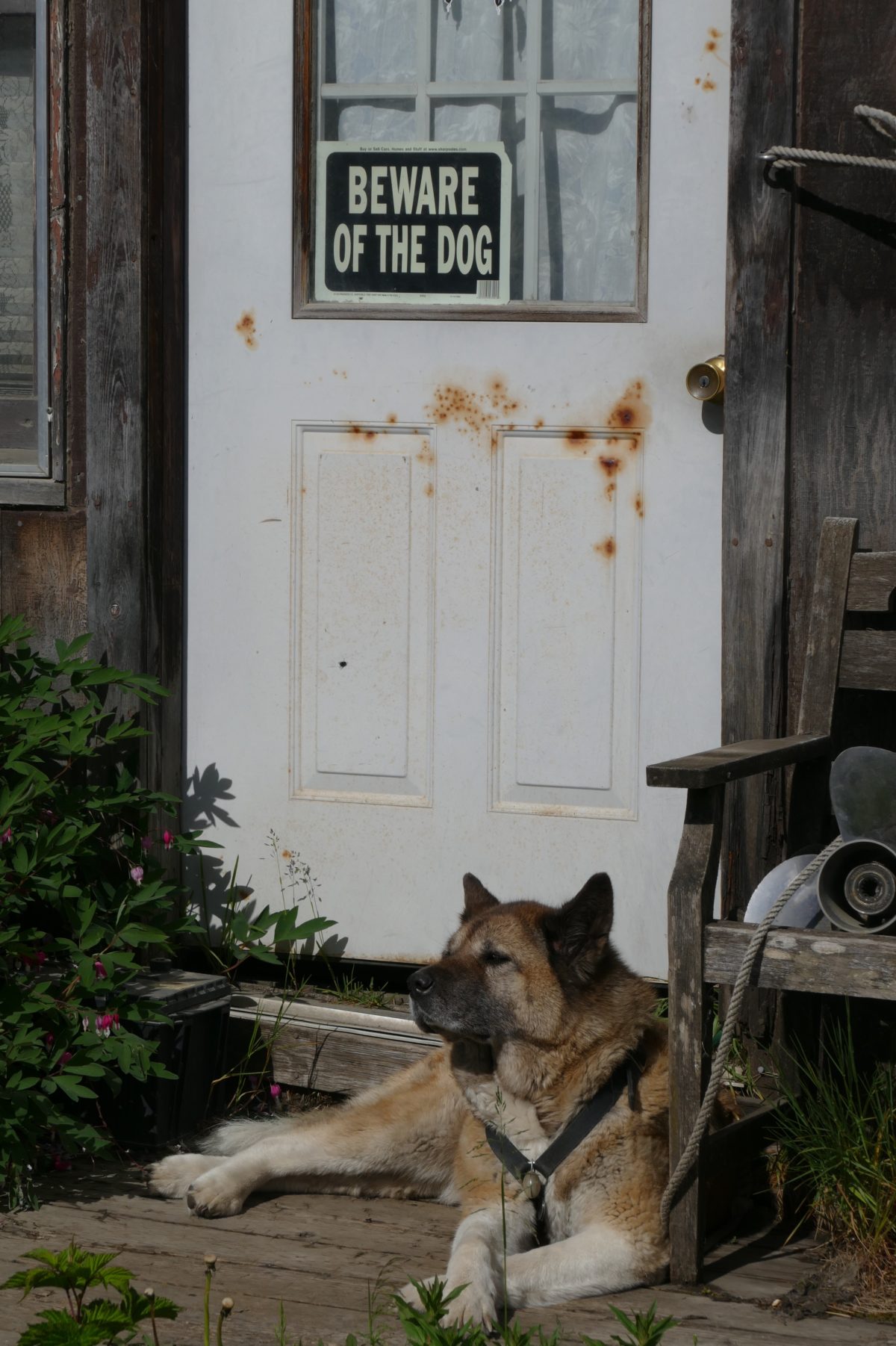
Hoonah – our canine friend’s hometown – is a city, in Alaskan terms.
In reality a village, Hoonah is the harbourtown on Chichagof Island, or Shee Kaax. The United States’ 5th largest island reputedly has more bears per square kilometre than any other place on earth.
Most of its humans are Tlingit.
Hoonah is very rich, culturally, as will become spectacularly evident if you click here
This post’s final photo was taken in front of the local high school; its totem pole’s toothsome beast is a brown bear (aka “grizzly bear”), framed by tentacles of a giant Pacific octopus.


subscribe
Subscribe